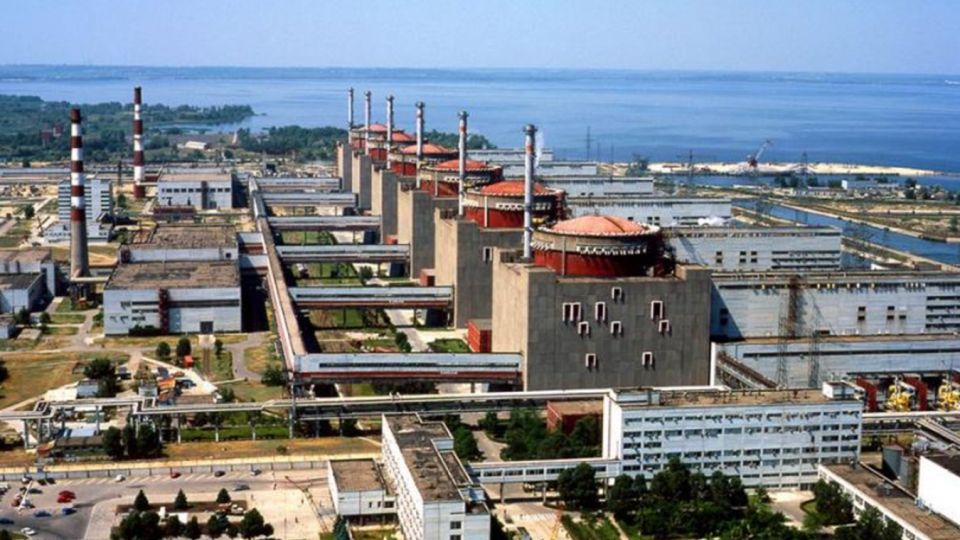Public opinion has changed. So has nuclear power.
The views expressed in this article are the author's, and do not represent the editorial position of Nuclear News magazine or the policy of the American Nuclear Society.
Public opinion surveys on nuclear power in the United States have shown, in recent years, a growing majority in favor of existing reactor operation, and upward trends on whether new reactors should be built. Within the nuclear community, this is usually portrayed as part of a general shift in public attitudes. While this may be true, I suggest that there's another factor as well: Nuclear power management and regulation have changed dramatically in the past 30 years, for the better. And, yes, I mean that previously it wasn't very good.
What changed? Any number of things, but some matter more than others. What follows are mainly inferences I have drawn from observations of civilian nuclear enterprise over the past 35 years, and only the first is supported here by hard numbers.
- Reactor operation is much better now. Maybe better than anyone expected when the plants were ordered. The chart below (from the May 2010 issue of Nuclear News) shows (deep breath) median three-year design electrical rating net capacity factor for power reactors in service during each period, and still operating now. The numbers may not show up clearly on your screen, but the bars show the trend. Even before the Three Mile Island-2 accident in 1979 (shown by the first bar and most of the second), factors were in the low 60s. There followed two decades of steady improvement, and the median has been around 90 for the past decade. This has been achieved with much of the plants' original equipment.
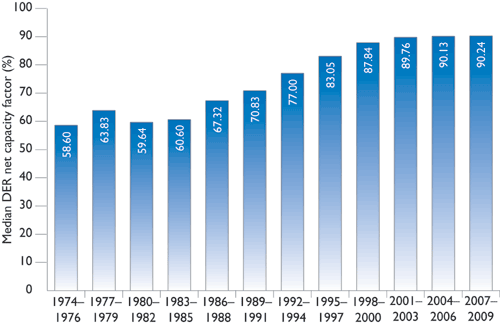
Net Capacity Factors for Power Reactors
- Everyone who's here now, wants to be here. A great many power reactors were ordered and built by utility executives who gave little thought to the specifics of nuclear power, and assumed reactors would be like any other power plants. Over time, these executives learned otherwise, and didn't like what they saw. In the late 1990s, companies that understood and valued nuclear power started buying reactors from those that didn't. This ended the trend from earlier in the decade toward early closure of reactors, several years before license expiration.
- Attitudes have changed as technical professionals have risen. From what I've seen, nuclear engineers and scientists, in general, are receptive to insights from other fields of learning, including the environmental sciences. People with this kind of background are now calling the shots in much of the industry, because of transfers of authority to new positions (chief nuclear officer, site vice president, etc.) and, as noted above, the purchase of reactors by organizations that really want them. As a result, I now see very little influence from traditional, nontechnical businessfolks' attitudes from the early 1970s: Dismissal of technical concerns if they interfere with making money, hostility toward regulation of any kind, and indifference to environmental concerns or the effects of technology in the world in general.
- The Nuclear Regulatory Commission now has its own identity. For years after the Atomic Energy Commission was split into separate promotional (ERDA, and later DOE) and regulatory entities, the NRC carried over many of the traits of the old AEC, where the weapons complex had long been the main focus and civilian nuclear enterprise was relatively new. Commission seats and major staff positions often went to people from outside the nuclear fields (from places such as the Pentagon) who would put in time and then move on (sometimes back to the Pentagon). The TMI-2 accident was a shock to this system, and afterward the mission of protecting public health and safety was pursued aggressively. (Whether it was always pursued wisely is another matter.) More recently, the NRC has broadened its stance to seek partnerships with licensees to advance technologies and resolve issues. The agency is now at or near the top in surveys of the best places to work in the federal government.
- A community coalesced. The more that nuclear power came under the influence of nuclear professionals, the more these professionals saw that they could work together in larger groups and pool their expertise. Before TMI-2, there was the Electric Power Research Institute, standards development by ANS and others, and collaborations between industry and national laboratories. After TMI-2, there was added the Institute of Nuclear Power Operations. Also, the Atomic Industrial Forum split into promotional and technical organizations. The latter, NUMARC, developed an identity, much as the NRC did. NUMARC was later gathered into the single Nuclear Energy Institute that represents industry interests today. From my limited perspective, technical expertise and validity appear to matter much more in NEI than they did in AIF.
Readers of Nuclear News may be aware that I could continue in this vein for a very long time, but blogging requires brevity, so I must withhold any further points, or additional supporting arguments.
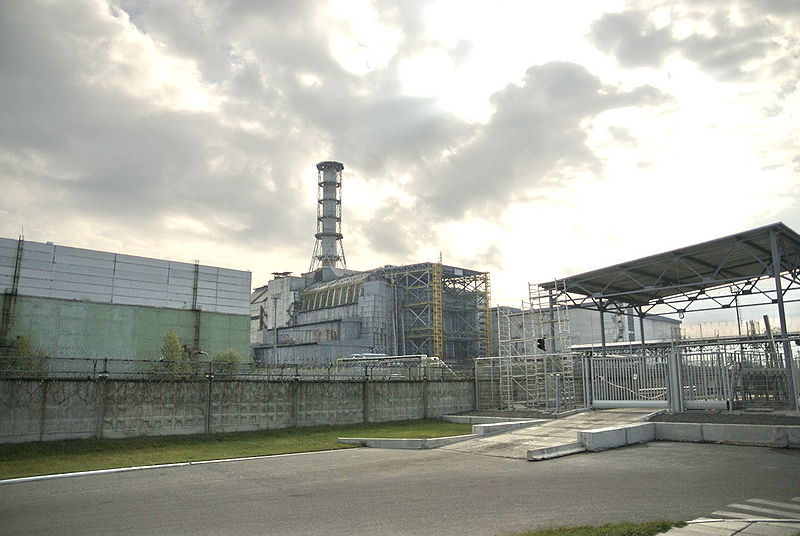
Chernobyl-4 with its enclosing sarcophagus
Improved poll numbers for nuclear power may have to do mainly with the lack of major incidents. The Chernobyl-4 accident was almost 25 years ago; put that together with TMI-2, and you have all (that is, both) of nuclear electricity's core damage accidents. Public support may be nothing more than acquiescence by apathy, and few citizens are probably aware of any of the developments cited above.
When nuclear power comes up in any public forum, however, advocates can now point to a technology that works well and decision makers who understand it. Everyone involved can be justly proud of what they have accomplished, overcoming a past that was like a yearbook photo with disco hair.
This post first appeared at ANS Nuclear Cafe.

Blake
E. Michael Blake is a senior editor of the American Nuclear Society's Nuclear News magazine.



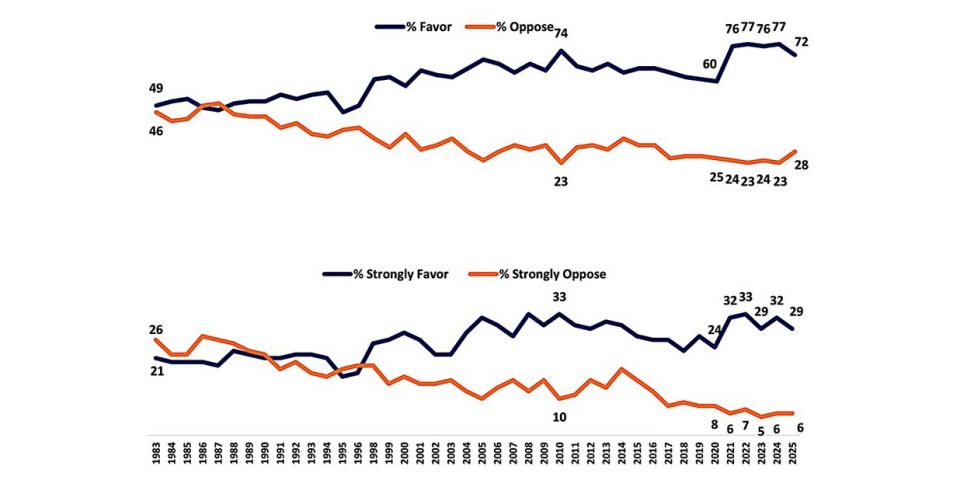


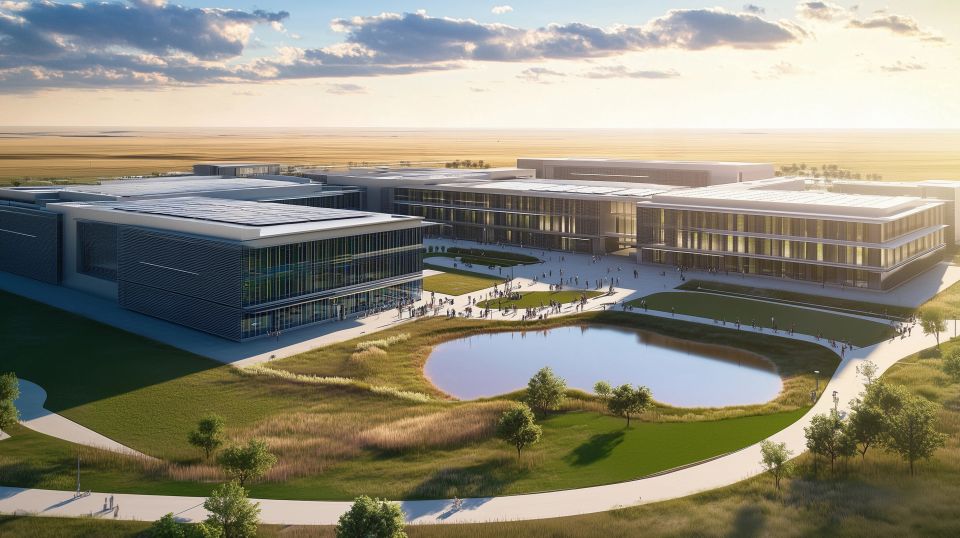
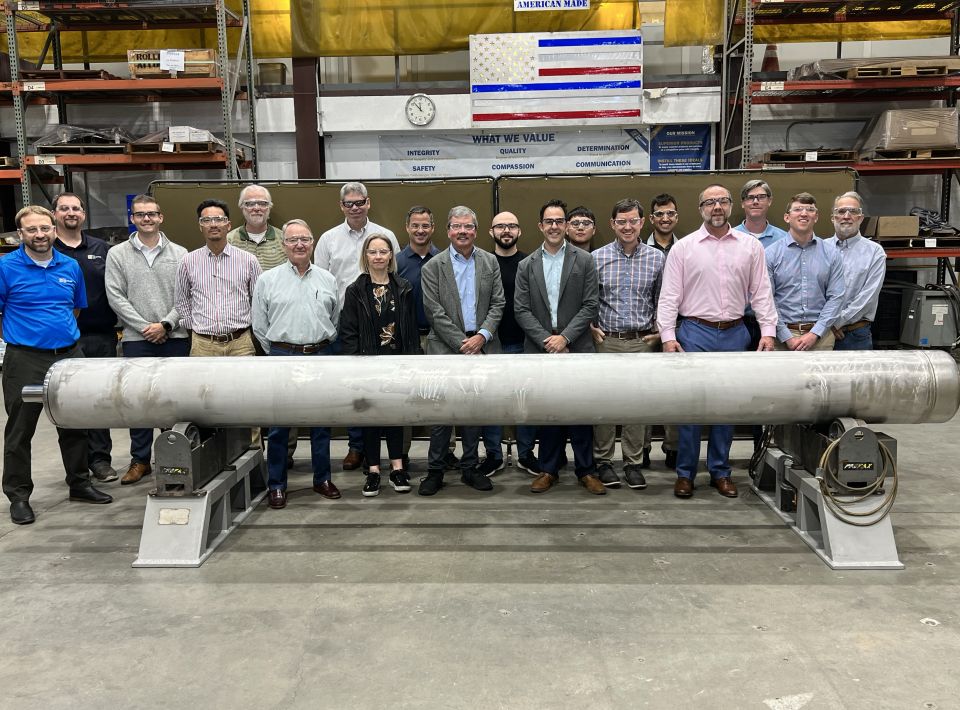 rotated.jpg)
